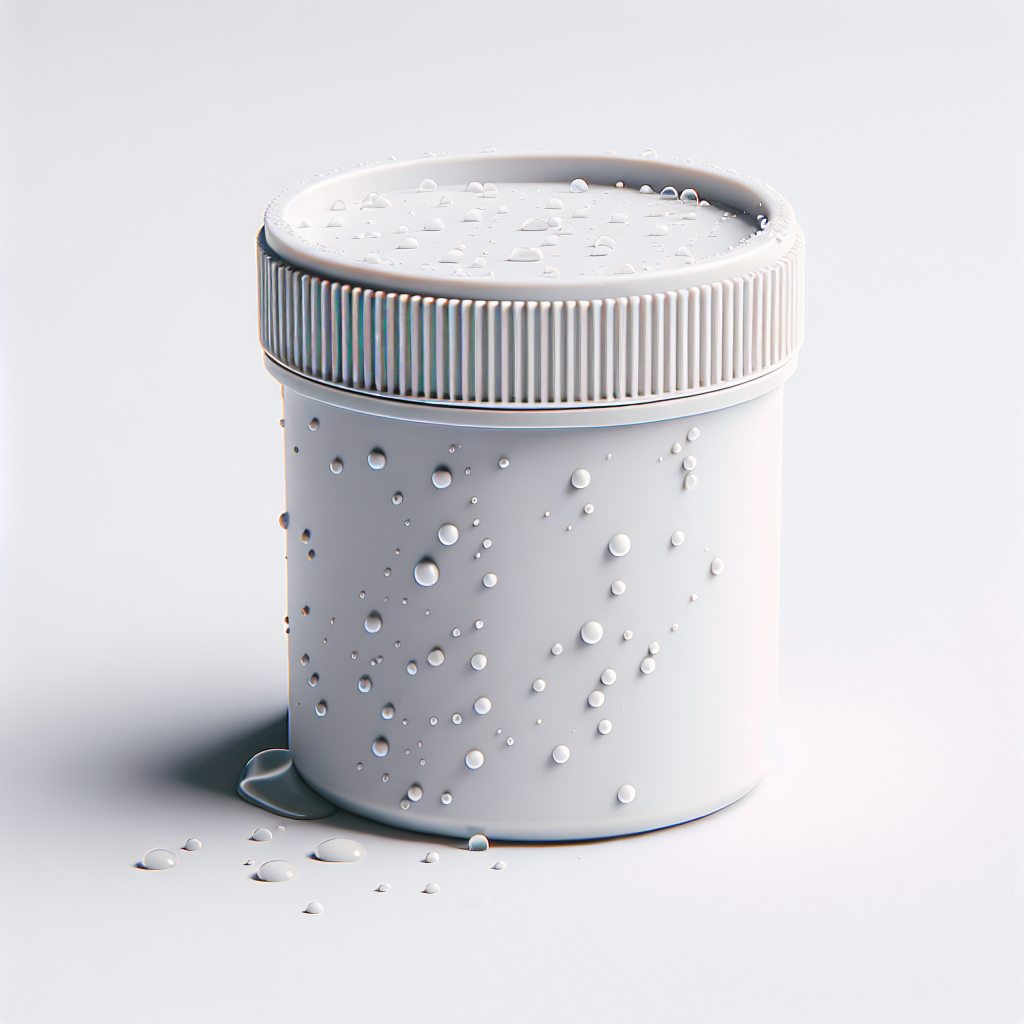3D printing opens up endless possibilities for creating intricate objects that serve various practical purposes. However, one common issue that many 3D printing enthusiasts face is producing waterproof or water-resistant prints. Porous prints can lead to leaks, moisture absorption, and eventual deterioration of your designs. In this article, we’ll explore several proven techniques to help you make your 3D prints waterproof, enhancing their durability and functionality.
1. Choose the Right 3D Printing Material
The first step to achieving waterproof prints is selecting the appropriate material. Some materials naturally provide better waterproof properties compared to others:
- PLA: Commonly used due to ease of printing but tends to be porous. PLA can become waterproof with post-processing.
- ABS: Offers better water resistance but requires proper printing conditions and ventilation due to fumes.
- PETG: An excellent choice for waterproof applications due to its good layer adhesion, chemical resistance, and strength.
- Nylon: Has excellent mechanical properties and water resistance, but it is prone to absorbing moisture over time.
2. Optimize Print Settings for Waterproof Results
Careful tuning of your print settings can drastically improve the water-resistance of your prints. Consider the following adjustments:
- Increase Layer Height: Slightly thicker layers can improve layer bonding and reduce porosity.
- Increase Wall Thickness and Shells: More perimeters result in stronger, more waterproof walls. Aim for a minimum of three shells.
- Increase Infill Density: High-density infill (80-100%) reduces internal gaps, making a print less porous.
- Slow Print Speeds and Increase Temperature: Printing slowly at moderate-to-high temperatures ensures stronger adhesion between layers.
3. Post-Processing Methods to Waterproof Prints
Even when using optimal settings, you might find your prints still leak. In these cases, post-processing methods become essential:
A. Apply an Epoxy Resin Coating
Epoxy resin provides a hard, durable, and waterproof seal. To apply epoxy resin:
- Clean and dry your print thoroughly.
- Mix epoxy resin according to the product guidelines.
- Apply a thin, even coat using a brush or dipping method.
- Allow the resin to cure fully (typically 24-48 hours).
B. Spray-On Sealants and Clear Coats
Commercial sealant sprays like acrylic clear coats or polyurethane sprays are easy-to-use solutions for waterproofing:
- Ensure your print is clean and dry.
- Apply several thin coats of sealant, allowing each coat to dry before applying the next.
- Let fully dry and cure according to the product recommendations.
C. Acetone Vapor Smoothing (for ABS)
If you are printing in ABS, acetone vapor smoothing can effectively create a waterproof surface:
- Place your ABS print in an enclosed container with acetone vapor (use proper ventilation and safety precautions).
- Allow vapors to smooth the surface layers, creating a glossy, non-porous finish.
- Let the print fully dry and cure before use.
D. Heat Treatment (Annealing)
Annealing your print involves gently heating it below its melting point, improving layer adhesion:
- Use an oven to gently heat your print at the recommended annealing temperature for your material.
- Allow it to slowly cool back to room temperature, resulting in improved strength and reduced porosity.
4. Test Your Waterproofing Results
After applying any waterproofing method, always test your print for water-tightness by:
- Filling it with water to check for leaks or drips.
- Submerging the object in a water bath to test for bubbles or air escaping.
- Inspecting visually for any signs of moisture absorption or leaks over time.
Conclusion
Making your 3D prints waterproof is achievable with the right combination of material selection, optimized printing settings, and appropriate post-processing techniques. Whether you’re creating functional prototypes, containers, or outdoor objects, these proven methods will help enhance durability and maintain structural integrity of your 3D printed creations. Experimenting with these methods will ensure consistently reliable results, making your prints both attractive and functional.


Leave a Reply